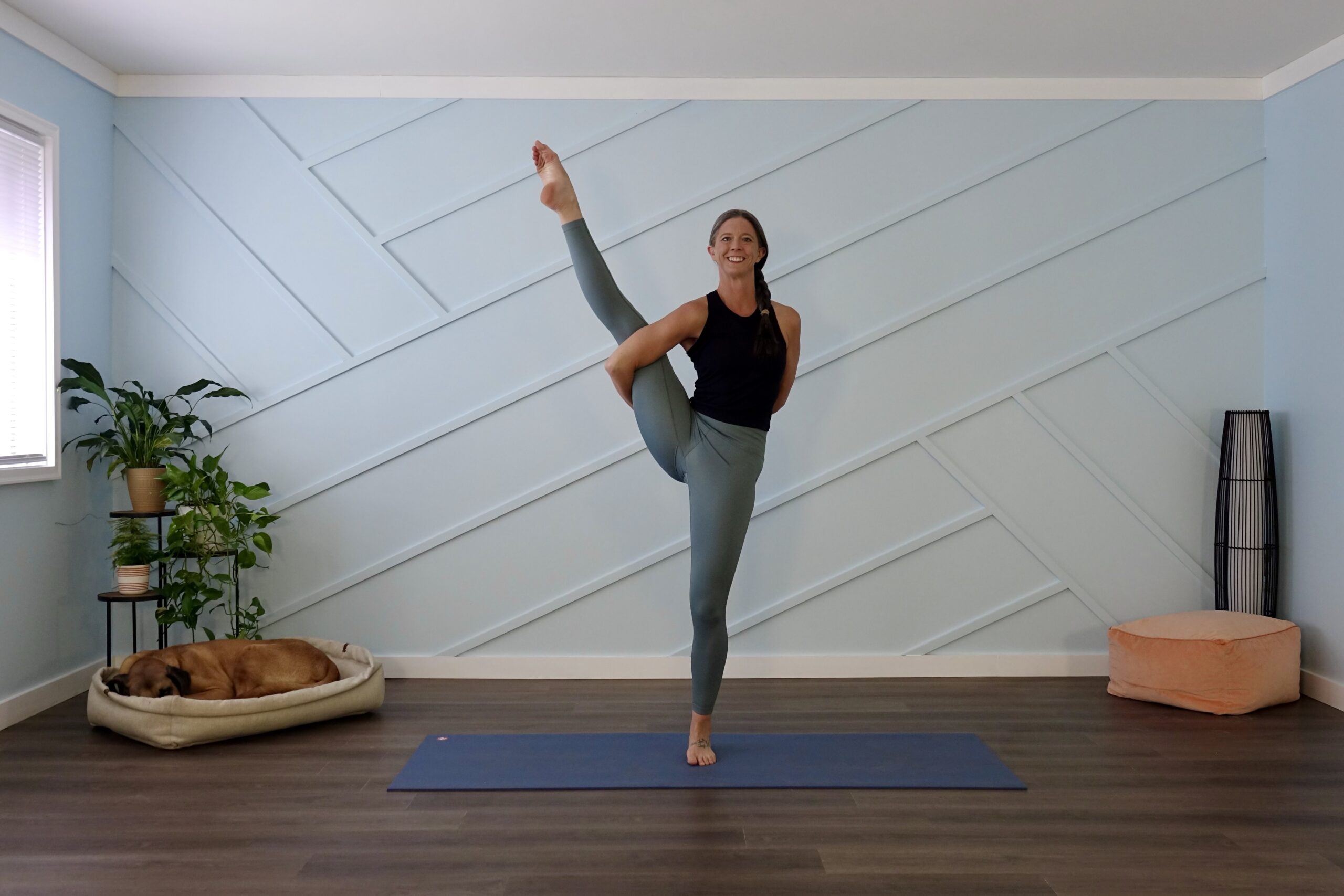There s land In the realm of yoga practices, there exists a style that adds an extra element to the traditional practice: heat. Hot yoga has recently gained popularity for its unique approach to the ancient discipline. But with its rising popularity come questions about its benefits and potential risks. Let’s dive into the world of hot yoga to understand both its claimed benefits and concerns.
Hot Yoga Benefits:
Increased Flexibility: The heat in hot yoga studios, typically 90 to 105 degrees Fahrenheit, helps warm up muscles and joints quickly. This increased warmth can enhance flexibility, allowing practitioners to stretch deeper into poses and improve their overall range of motion.
Detoxification: Proponents of hot yoga often claim that the intense sweating induced by the heat helps to rid the body of toxins. While the body naturally detoxifies through the liver and kidneys, sweating can support this process by eliminating waste products through the skin.
Enhanced Circulation: The heat in hot yoga studios can stimulate blood flow throughout the body. Improved circulation may lead to better oxygenation of tissues, increased delivery of nutrients, and more efficient removal of metabolic waste products.
Mental Clarity and Focus: Practicing yoga in a heated environment can challenge the body and mind. Many practitioners report feeling a sense of mental clarity and focus during and after hot yoga sessions, attributing it to the heightened intensity of the practice combined with the meditative aspects of yoga.
Stress Relief: Like all forms of yoga, hot yoga emphasizes mindfulness, deep breathing, and relaxation techniques. The heat can intensify the mind-body connection, promoting a sense of calm and stress relief as practitioners move through challenging sequences.
Learn all about Bridge Pose in this blog.
Hot Yoga Risks:
Risk of Dehydration: Hot yoga’s intense heat and sweating can lead to rapid fluid loss and dehydration if practitioners do not adequately hydrate before, during, and after sessions. Dehydration can contribute to dizziness, fatigue, and muscle cramps, and in extreme cases, even more severe complications may arise.
Overexertion and Injury: While the heat may enhance flexibility, it can also mask signs of overexertion and strain on the muscles and joints. Practitioners may push themselves too hard to pursue deeper stretches, increasing the risk of injury, particularly if proper alignment and technique are not maintained.
Heat-Related Illness: Exercising in high temperatures poses risks, especially for individuals with certain medical conditions or sensitivities. Heat exhaustion and heatstroke are potential dangers of hot yoga, particularly for those not acclimated to the heat or with underlying health concerns such as cardiovascular issues or respiratory conditions.
Hygiene Concerns: Hot yoga studios’ combination of heat and humidity creates an ideal environment for bacteria and fungi to thrive. To maintain good hygiene, yoga practitioners use their own yoga mats and props and clean them regularly.
Exacerbation of Certain Conditions: Some individuals may find that hot yoga exacerbates pre-existing health conditions such as hypertension, asthma, or certain skin conditions. Anyone with underlying medical concerns should consult a healthcare professional before beginning a hot yoga practice.
How to Recognize Signs of Heat-Related Illness
Recognizing signs of overexertion or heat-related illness during hot yoga practice is crucial for maintaining safety and well-being. Here are some specific tips to help you identify these signs:
Monitor Body Temperature: Pay attention to your body’s response to the heat. If you feel excessively hot, dizzy, or lightheaded, it may indicate that your body is struggling to regulate its temperature.
Stay Hydrated: Signs of dehydration include dry mouth, excessive thirst, or dark urine. Hydrate before and after your class with water and electrolytes, and take a non-heated class for a few days if you’re experiencing difficulty staying hydrated.
Listen to Your Body: Tune in to physical cues from your body, such as muscle fatigue, weakness, or discomfort. If you start to feel unusually tired or weak, it’s essential to honor your body’s signals and take a restorative pose or pause your practice altogether.
Watch for Nausea or Dizziness: These are common symptoms of overexertion or heat-related illness. If you experience persistent nausea, dizziness, or feel faint, it’s essential to stop practicing immediately, cool down, and seek medical attention if necessary.
Monitor Heart Rate: Pay attention to your heart rate during practice. If it spikes excessively or irregularly, it may be a sign of overexertion, dehydration, or an underlying medical issue. Consider taking a break or modifying your practice to lower-intensity poses.
Be Mindful of Breathing: Difficulty breathing or shortness of breath can indicate heat-related stress. If you find it challenging to catch your breath or experience discomfort in your chest, listen to your body and take appropriate measures to cool down and rest.
Check for Excessive Sweating: While sweating is a natural response to heat, excessive sweating without adequate fluid replenishment can lead to dehydration and electrolyte imbalance. If you notice profuse sweating accompanied by symptoms like weakness or fatigue, it’s essential to hydrate and cool down.
Watch for Muscle Cramps: Heat and exertion can increase the risk of muscle cramps. If you experience sudden, sharp muscle pains or spasms, particularly in the legs or abdomen, it’s crucial to stop practicing, hydrate, and gently stretch the affected muscles.
Styles of Heated Yoga:
There are multiple approaches to hot yoga classes, and they vary in style and focus.
Bikram yoga, also known as hot yoga, follows a sequence of 26 poses and two breathing exercises. It is practiced in a room heated to approximately 105°F (40°C) with a humidity level of around 40%. Founded by Bikram Choudhury, this style of yoga emphasizes consistency and repetition, allowing practitioners to deepen their practice through familiarity with the sequence. Bikram Choudhury has faced many accusations of sexual assault, among other legal issues, and due to this, many studios have moved away from the branding and affiliation. You may also see this class listed as Hot 26, as a way to disassociate from the founder.
Baptiste Power Yoga offers a dynamic, empowering practice that blends strength, flexibility, and mindfulness. Developed by Baron Baptiste, this style of heated yoga incorporates flowing sequences, strength-building poses, and breathwork to create a transformative experience on and off the mat. Practiced in a heated room, typically ranging from 85°F to 95 °F (30°C to 35°C), Baptiste Power Yoga challenges practitioners to explore their edge and cultivate inner resilience.
Hot Vinyasa, also known as heated flow yoga, combines the fluid movements of Vinyasa yoga with the intensity of heat. In a Hot Vinyasa class, practitioners move through various sequences linked together by breath. The heat, usually set between 85°F to 100°F (30°C to 38°C), helps to warm up muscles, increase flexibility, and promote detoxification through sweat. With its emphasis on breath-centric movement and creative sequencing, Hot Vinyasa offers a dynamic and invigorating practice suitable for practitioners of all levels.
HotWorx takes a different approach to hot yoga. In a HotWorx session, participants engage in a 30-minute virtual class taken in a small sauna with temperatures ranging from 120°F to 135°F (48°C to 57°C). HotWorx offers yoga, Pilates, high-intensity interval training (HIIT), and isometric workouts.
Hot yoga offers a unique and challenging approach to traditional yoga practice. Practitioners should approach hot yoga with awareness and caution, stay hydrated, practice proper technique, and be mindful of personal limitations and health considerations. By taking these precautions, practitioners can safely and effectively explore hot yoga’s unique challenges and benefits.
Tonya is a 500hr RYT based in Coastal Mississippi. She loves that she gets to share the joy and healing that yoga brought to her life. In addition to teaching yoga, she flips houses with her husband. Tonya is a travel enthusiast who loves the outdoors and adventure. You'll find her at the local beach, volunteering at the animal shelter, and playing with her forever and foster dogs.





0 Comments